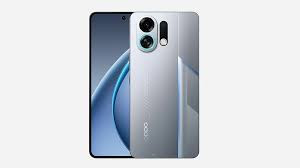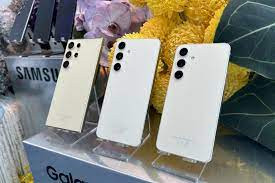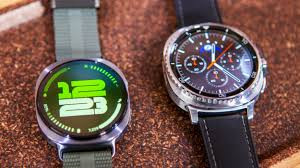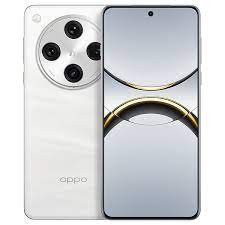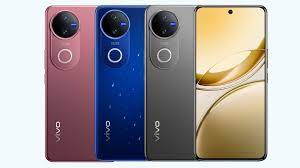Snap Unveils 'Specs': Lightweight Smart Glasses Set to Launch in 2026 to Reimagine Augmented Reality Experience
IIE DIGITAL DESK : The bold step toward reimagining wearable technology, Snap Inc., the parent company of Snapchat, has announced the upcoming launch of its next-generation smart glasses, dubbed ‘Specs’, scheduled for release in 2026. The announcement, made at the company’s annual Partner Summit, signals Snap’s renewed commitment to augmented reality (AR) innovation and its efforts to establish a lasting presence in the consumer wearables space.
The new ‘Specs’ are expected to be the lightest and most advanced smart glasses Snap has developed so far. According to the company, the glasses will feature real-time AR overlays, enhanced visual and audio sensors, and improved battery efficiency, all packaged in a sleeker, more fashion-forward design than previous iterations. The emphasis this time is on wearability, performance, and user-centric design, catering not only to content creators and tech enthusiasts but also to everyday users seeking functional AR experiences.
Snap CEO Evan Spiegel, during the announcement, said the next generation of Specs would “bridge the physical and digital worlds in the most seamless way yet.” He described the device as “an important leap” in Snap’s ongoing mission to embed AR into daily life. Spiegel highlighted that while previous versions of Spectacles were largely experimental and targeted at developers, the new Specs will be fully consumer-ready, designed for wider public adoption.
Snap’s previous attempts at smart glasses, including the original Spectacles released in 2016 and later AR-focused versions for developers, met with limited commercial success. However, they served as crucial stepping stones in Snap’s broader AR ambitions. This time, the company believes both the market and the technology are more mature.
The 2026 Specs are expected to offer enhanced AR capabilities powered by Snap’s proprietary Lens technology. These include gesture-based controls, real-time object recognition, live navigation prompts, and immersive visual effects integrated into the user’s field of vision. The glasses will be compatible with the Snapchat app, allowing users to share snaps, record short videos, and interact with lenses without pulling out their phones.
One of the standout features touted by Snap is the significantly reduced weight of the Specs. Built with lightweight composite materials and compact micro-displays, the glasses are engineered for prolonged daily use without causing fatigue or discomfort. Improved battery life—estimated to last several hours on a single charge—further adds to their practicality.
While Snap has not disclosed the exact price point, industry analysts expect the Specs to be positioned competitively to appeal to both tech-savvy consumers and early adopters of wearable AR. The company is likely to release different models or tiers, with some tailored for basic AR use and others offering more advanced features for creators or professionals.
Experts view Snap’s move as part of the broader trend of tech companies entering the wearable AR market, where competition is intensifying with players like Meta, Apple, and Google also developing or refining their smart eyewear. The race to create practical, stylish, and immersive AR glasses is heating up, and Snap’s Specs may offer a differentiated experience, especially given the company’s strong grip on younger audiences and creative tools.
Snap’s announcement has generated considerable excitement among developers and tech enthusiasts, particularly those working on AR content and applications. The company plans to roll out developer kits and APIs well in advance of the commercial release, ensuring a robust ecosystem of AR experiences when the product hits shelves in 2026.
With Specs, Snap is betting big on the future of augmented reality wearables—seeking to turn once-novel experiments into mainstream utility. Whether the device will live up to its ambitious vision remains to be seen, but it is clear that Snap is once again taking a bold step into the future.
You might also like!




